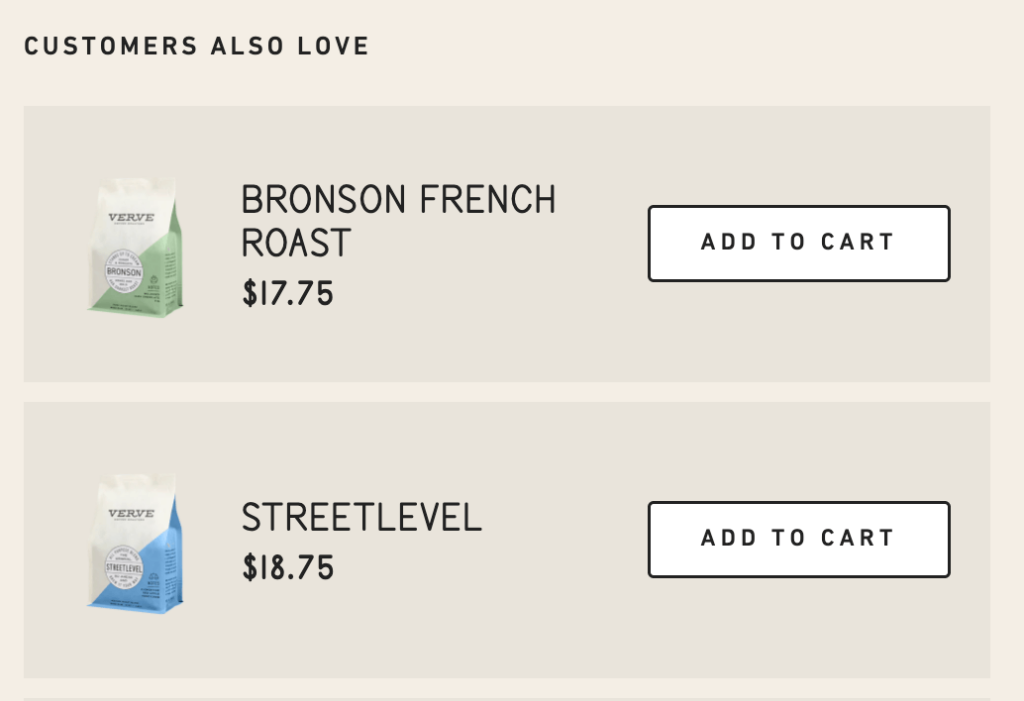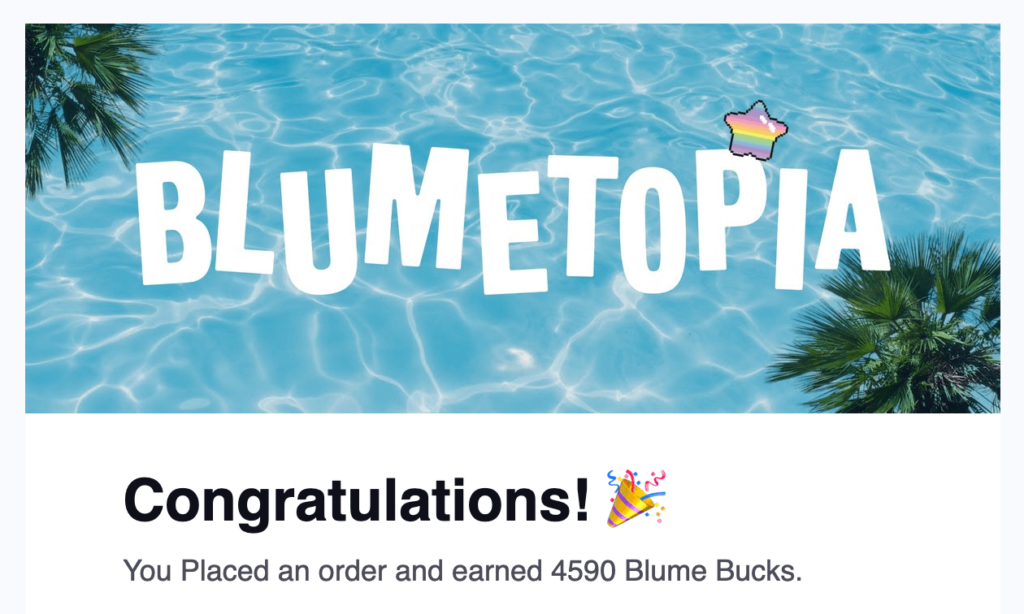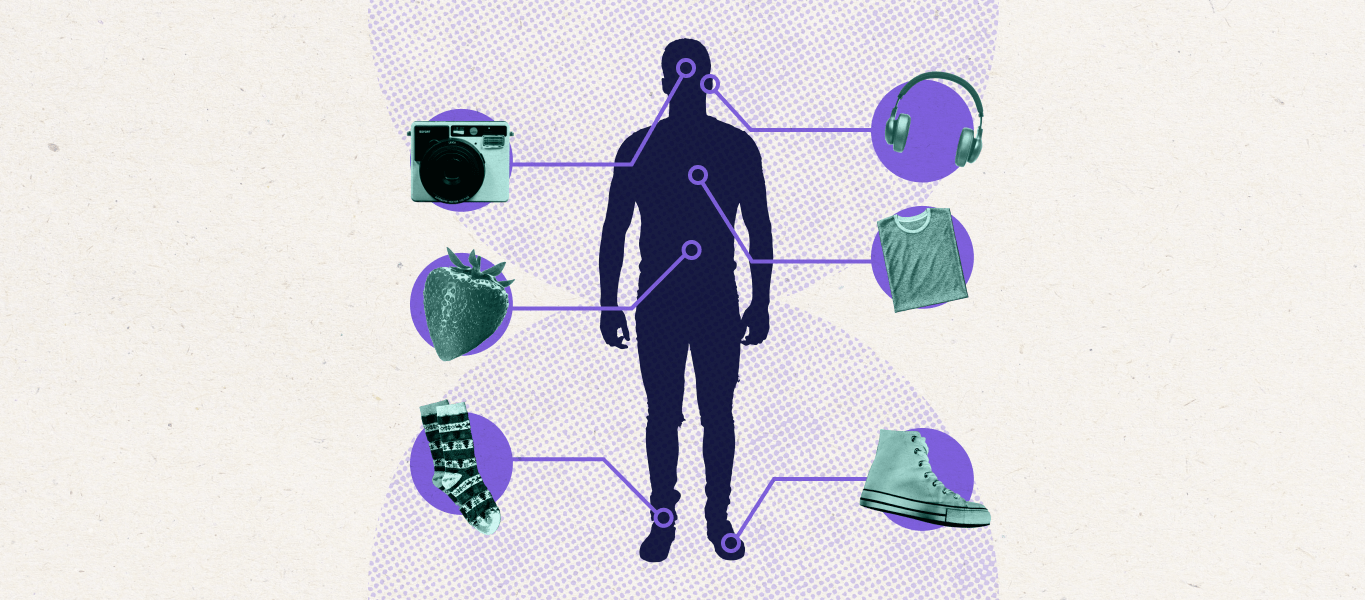Those in the ecommerce industry know and understand the importance of personalization in the customer journey. A personalized shopping experience can help you engage better with customers and increase retention by customizing the shopping journey to their specific needs.
In fact, 91% of consumers say that they’re more likely to shop with brands that remember their preferences and use them to provide relevant offers and recommendations, according to Accenture.
Additionally, ecommerce personalization can help improve revenue for your online store—not only by improving retention, but also through increased average order value (AOV), customer lifetime value (LTV), and other metrics.
In this post, we’ll cover the benefits and challenges of personalization, then dive into some of the best ecommerce personalization examples, as well as the tools and technologies needed to make them happen.
The benefits of ecommerce personalization for merchants
When we talk about ecommerce metrics and analyzing customer data, it’s clear that personalization can have a clear impact on your bottom line. Before you start any improvements to your ecommerce personalization strategy, identify some key performance indicators (KPIs) and check metrics for a baseline.
Some specific areas that your ecommerce store can focus on improving through personalization could include:
- AOV
- Retention
- Customer engagement
- LTV
- Customer experience
- Customer loyalty
With informed personalization efforts, you can expect a competitive advantage thanks to your enhanced customer experience and higher customer engagement and loyalty. From one-time website visitors to subscribers, you’ll be able to convert more loyal customers with personalized marketing and relevant content.
The challenges of personalization for ecommerce merchants
While there are many benefits to commerce personalization, it can also come with some challenges for ecommerce merchants. Many online retailers struggle to find a balance between effective messaging and over communication—too many emails, texts, or marketing messages, even if personalized, can scare away new and existing customers.
Carefully analyze user behavior, like email open rates, to determine if you’re hitting the right amount of messaging. You can also utilize A/B testing to see which personalization tactic is working best.
Another challenge stores may face when it comes to ecommerce personalization is soliciting the right feedback from customers. In addition to customer surveys, try looking at browsing history and site visitors’ overall engagement with your ecommerce website—which landing pages are they lingering on and what are they typing in your site search bar?
Visitors’ in-session behavior can tell you a lot about how you can focus your personalization efforts, and thoughtful data collection can help inform your strategy to deliver personalized content that customers want to see.
3 ecommerce personalization tactics that can boost retention & revenue
In order to retain customers and increase your bottom line, it’s crucial to incorporate personalization. So, let’s dive into how you can drive customer satisfaction with these ecommerce personalization examples and tactics.
1. Customer segmentation
Using customer data, you can segment your shoppers to direct personalized experiences at the right target audience. Analyze everything from browsing behavior to purchase history to get a clear idea of who your customers are and how they shop. With thorough customer data, you can then offer personalized product recommendations, target your messaging, and reach customers through their preferred communication channels.
Consider segmenting customers by:
- Age
- Geography
- Shopping habits
- Prior purchase history
- Customer behavior
52% of consumers have said they want personalized offers based on data from their customer loyalty accounts—showing how important customer segmentation is for getting your personalization efforts right.
2. Cross-selling & upselling recommendations
Once you have those customer groups identified, you can personalize your cross-sell and upsell recommendations for better success. By looking at past purchases, you can put similar or complementary products in front of customers—in their customer portal, through email marketing, and on checkout pages.
With these highly personalized recommendations, shoppers will be more inclined to add items to their cart or swap their product for a higher priced item. As they become more familiar with your brand and try more products, their loyalty and trust will increase.

Verve Coffee Roasters show items “customers also love” when shoppers add anything to their cart—utilizing a great opportunity to cross-sell.
3. Surprise & delight customers
Another great ecommerce personalization tactic is to surprise and delight your shoppers with personalized gifts. You can include a special item in their next order based on their browsing history, or reward them for reaching important milestones—like a first anniversary with your company.
Any ecommerce stores that incorporate an element of surprise and delight will not only have satisfied customers, but they’ll have higher customer loyalty. Shoppers will be curious to see what else you want to surprise them with, and will keep coming back for more.

Blume surprises customers with Blume Bucks that come straight to their inbox, allowing them access to special prizes once they earn enough points.
Tools, features & technologies for personalization in ecommerce
So, you have the ideas and you recognize the benefits of ecommerce personalization, but how do you execute in a way that really does increase AOV, LTV, and those other key metrics we identified at the beginning of this post? That’s where these features and tools come into play.
Customer portal
The customer portal is one of the best areas for cross-sell and upsell opportunities, and all ecommerce businesses should take advantage of optimizing their customer portal to create a better customer experience.
With the Affinity customer portal, Recharge merchants can showcase a product carousel with personalized recommendations for subscribers. Showing them products they may like in the portal is a powerful way to allow shoppers to easily and seamlessly add more products to their upcoming orders, without having to think or search your ecommerce site.
Customizing with the Recharge Theme Engine offers another great opportunity to give your customers a personalized experience in the portal. With the Theme Engine, merchants can allow their customers to add one-time products to upcoming orders through their customer portal. This gives merchants a chance to surprise their customers with a choice of a free item when they reach a milestone, or simply add a cross-sell or upsell product to their next order.
Targeted communication tools
One of the best ways to reach customers in ecommerce personalization efforts is through your existing communication and marketing strategies. With the Klaviyo integration, merchants can take this a step further by sending targeted messages to their customers. Not only will this catch your customers’ attention, but it can also help you determine what kind of messaging is working among your different customer segments.
Klaviyo allows merchants access to useful metrics in real-time, meaning you can see what’s working right away and adjust your personalization efforts as you go.
Free loyalty programs
Last but not least, there’s no better way to really personalize your shopping experience than with an unpaid rewards program.
Offering benefits and rewards through an integration like LoyaltyLion can help your ecommerce business to surprise and delight your repeat customers with special perks.
Ecommerce sites that reward customers have been shown to have higher retention rates than those that do not, so implementing a loyalty program can go a long way.
Enhance the customer journey with personalization
Ecommerce brands should feel confident in meeting and exceeding individual customer needs with these personalization strategies and tools. By learning from these ecommerce personalization examples, your brand can formulate strategies that will lead to higher retention, AOV, and customer loyalty.
Start implementing these personalization strategies within your ecommerce business today and see how revenue and retention grows.
Sources
[1] Best Ecommerce Personalization Stats, Types, Examples & Tools (OptiMonk)
[2] Upselling and cross-selling on Recharge (Recharge Support)
[3] Creating valuable content for your subscribers: Optimizing the customer portal (Recharge)
[4] Customizing the Affinity customer portal theme (Recharge Support)
[5] Adding one-time products to existing subscriptions with the Recharge Theme Engine (Recharge Support)
[6] Improved Klaviyo integration enables customers to send more targeted messages (Recharge)



